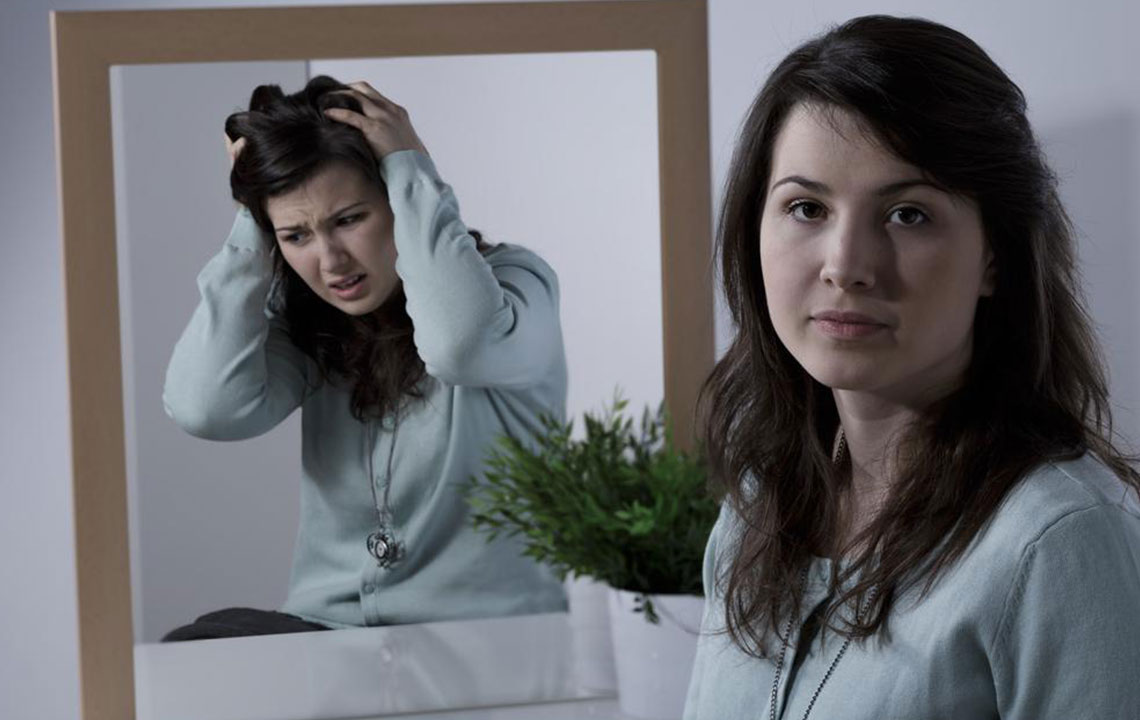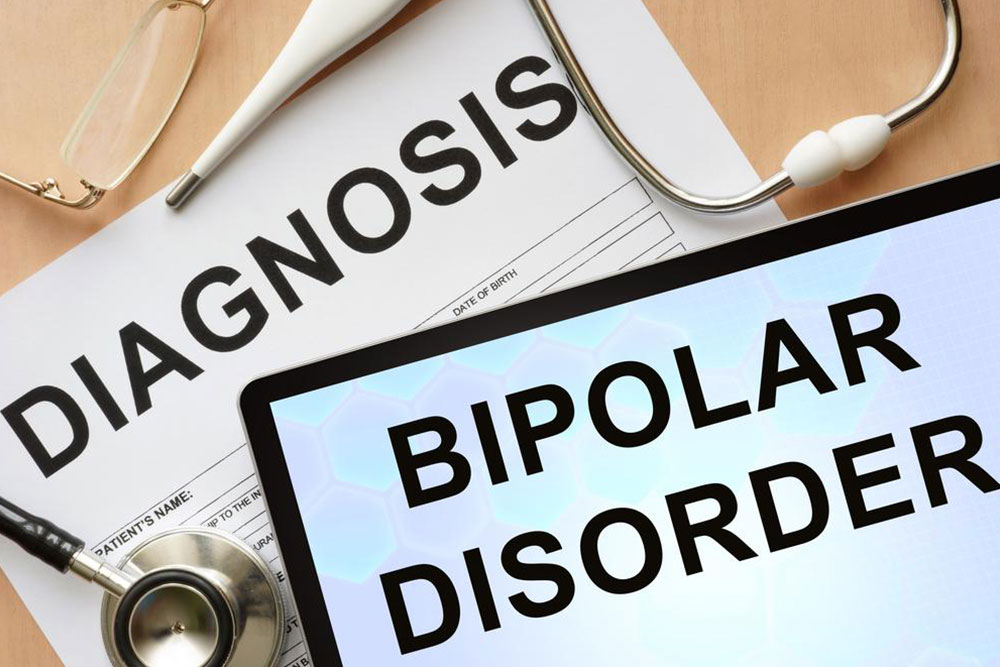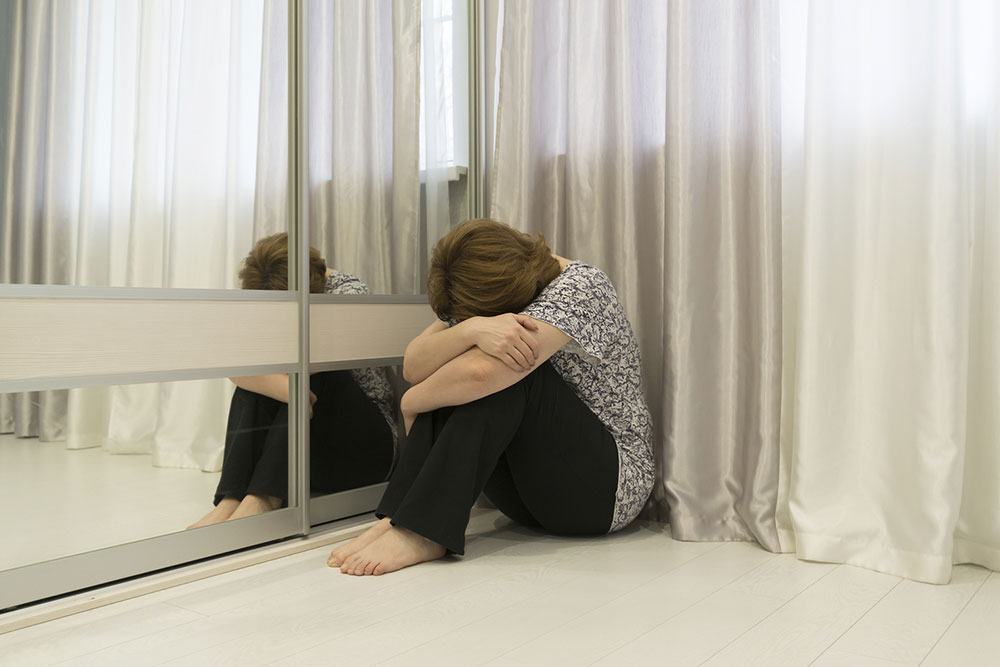Key Signs and Treatments of Bipolar Mania Often Overlooked
This article explores the vital symptoms and treatment options for bipolar mania. It highlights how to recognize the signs, understanding the disorder's impact, and available medical interventions. Early diagnosis and proper medication, including mood stabilizers like lithium, are essential for effective management. Severe episodes require hospitalization or therapies like ECT to prevent dangerous behaviors. Understanding bipolar disorder helps individuals seek timely help, reducing long-term complications and improving quality of life.

Recognizing the Key Indicators of Bipolar Mania
Bipolar disorder, previously called manic depression, is a significant mood disorder characterized by episodes of heightened mood called mania or hypomania. These episodes lead to notable mood shifts accompanied by increased energy levels. Symptoms of bipolar mania can last for days and may include prolonged insomnia, hallucinations, paranoia, delusions, or psychosis. Research indicates that depressive phases tend to be more severe and harder to treat, especially in individuals without accompanying manic episodes.
Understanding Bipolar Disorder and Mania
The origins of bipolar disorder involve a mix of genetic and environmental factors, making it a complex condition. It is classified into Bipolar I and Bipolar II, based on severity. Bipolar I includes intense mood episodes of depression or mania, with mania involving high energy and euphoria, alternating with periods of normal mood. The intensity of mood swings varies, with some experiencing sudden shifts or gradual changes. Rapid cycling, where episodes occur four or more times annually, is a notable feature, but shouldn't be confused with rapid mood fluctuations typical of other disorders.
Individuals with bipolar disorder might also encounter cognitive disturbances, perception distortions, and social challenges, especially during manic or depressive episodes.
The causes remain unclear, but brain regulation issues and genetics play roles. Typically, symptoms appear between ages 15 and 24 and can persist lifelong. Severity varies; some manage with minimal disruption, while others face significant functional impairment. If untreated, bipolar mania can lead to frequent relapses, hospitalization, and risky behaviors, including self-harm or violence. Severe symptoms like hallucinations or delusions demand immediate medical attention. About 90% of Bipolar I patients experience hospitalization at some point, often multiple times.
Primary signs of bipolar mania include racing thoughts, grandiose beliefs, inappropriate elation, irritability, reckless social behavior, heightened sexual urges, rapid speech, hyperactivity, impaired judgment, and reduced sleep. Effective management involves medications such as mood stabilizers or antimanic drugs to control episodes and prevent harm. These medications may be prescribed long-term, with drugs like valproate, carbamazepine, lamotrigine, or lithium, the latter being a longstanding treatment proven to reduce mania severity, depressive episodes, and suicidal risk. In severe cases, hospitalization or ECT may be necessary. Dosages and medication combinations are adjusted based on symptom severity.
Important Notice:
The content here provides general information but should not replace professional medical advice. Readers are encouraged to consult healthcare providers for diagnosis and treatment options. The website aims to inform but is not responsible for inaccuracies or differences across sources. Always seek personalized advice for health concerns.









